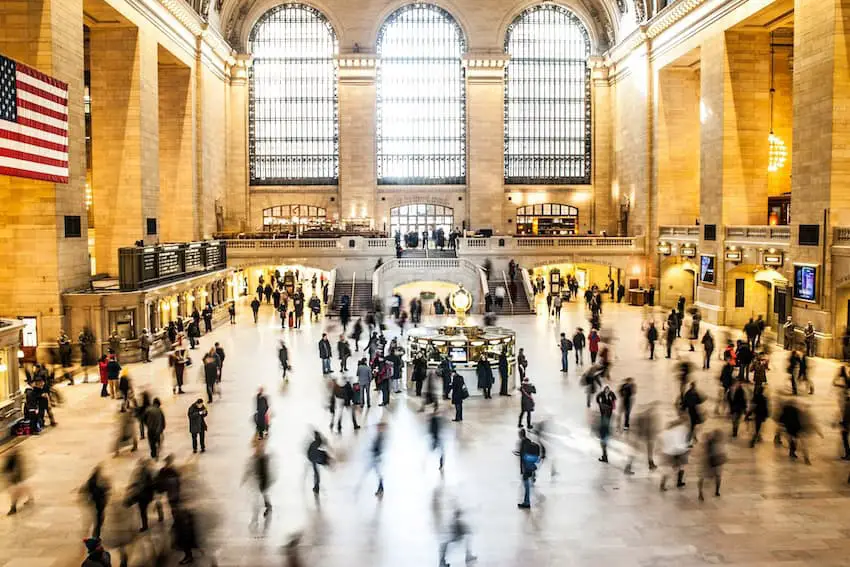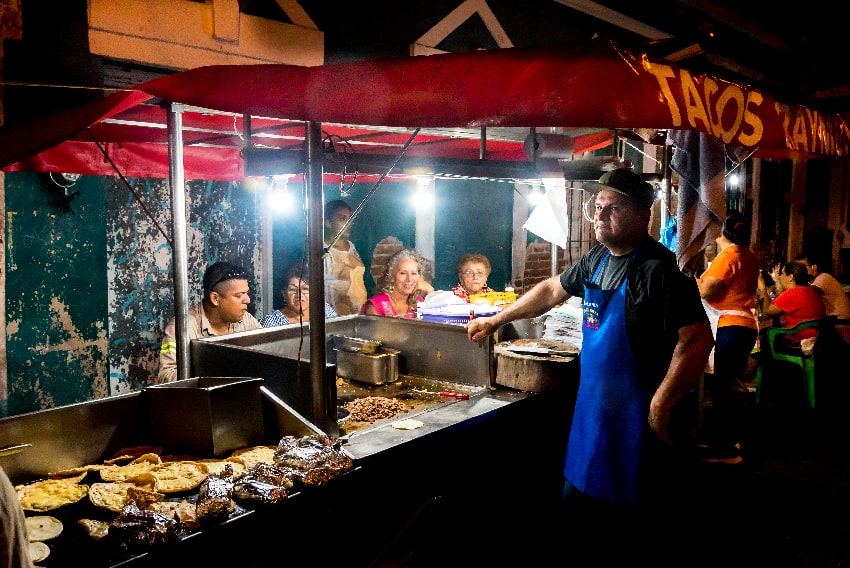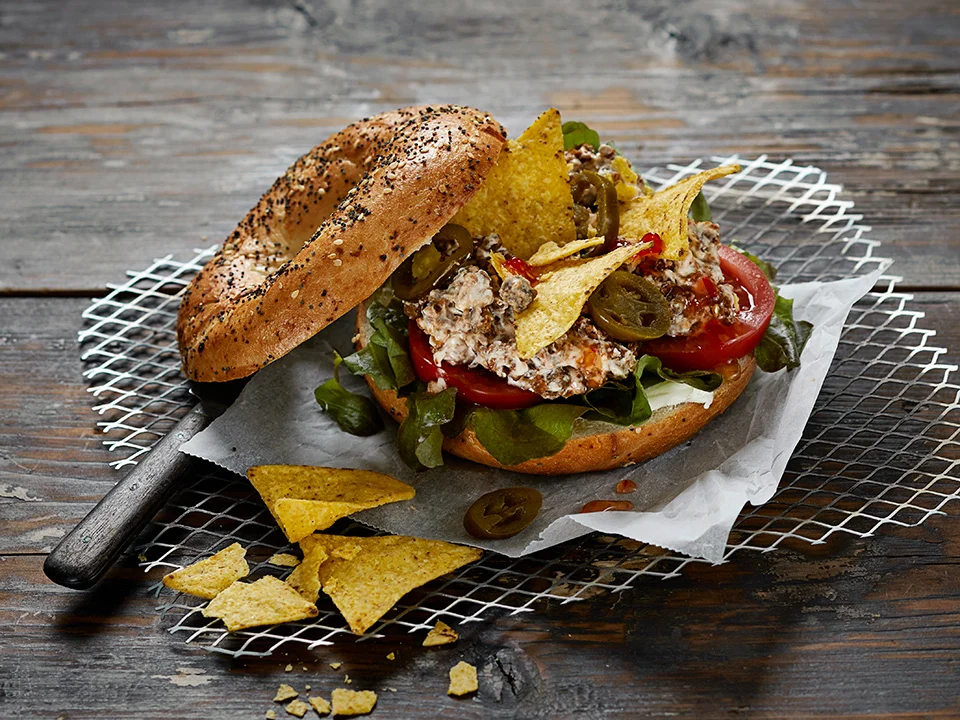After nearly two years spent living in Mexico City, I’ve recently returned to my native New York City for work. And, after my love affair with CDMX, the transition has been a difficult one. Despite NYC being my home for 12 years. I’m seeing it with new eyes and, sometimes, the culture shock feels like a rude awakening. I’ve been roughly thrown back into the crowded hustle of New York life, where the frenetic energy is akin to furiously paddling to stay afloat in freezing waters inundated with swimmers — all wearing fixed smiles that barely conceal their harried eyes. The sense of ambition permeating the concrete jungle of New York is palpable, driven by a survival instinct that jarringly kicks in, screeching “Achieve! Accomplish! Now! Hurry! Run! WIN! This busyness is at the heart of the argument between the CDMX vs NYC question — how do you want to live your life?
A brief Google search yields hundreds of results unpacking the difference between Mexico City and New York City, most focusing on “functional” factors: things like weather differences, city size, population statistics, transportation systems, and walkability. And truly, many of these logistical components are useful to know. Yet aside from the surface level differences between the two cities, there is something much more profound characterizing each core of the two metropoles. What is it that really defines the soul of each city?
Hustle vs. Flow

Life in Mexico City unfolds at a more deliberate pace. Mornings stretch slowly, work often happens at outdoor café tables dappled by gentle sunshine, and activities are punctuated by walks through streets filled with lush foliage and a sense of community. Mexico certainly has its own challenges, but I’ve found it to be a place where time seems to flow rather than race, and where life is lived rather than conquered. This difference in urban rhythm goes beyond mere surface happenings; it reflects a difference in cultural values and approach to life.
Urban Migration

With the recent surge of digital nomads, Mexico City has become a central place on the map for young professionals seeking non-traditional lifestyles. Remote work opportunities have given individuals (myself included) the ability to leave the crowded, stressful environments of cities like New York, and work from anywhere in the world.
For many expatriates, particularly those from high-pressure, over-achieving urban centers, Mexico City has become a sanctuary, providing a sense of refuge and unprecedented calm. A friend once characterized it succinctly: New York taught me how to hustle. Mexico City taught me how to live.
However, this influx of remote workers hasn’t been without controversy. While many Mexicans warmly welcome outsiders, there’s a growing undercurrent of resentment among some locals. They view digital nomads, with their comparatively high salaries, as catalysts for gentrification and rising costs of living. The tension highlights the complexities of globalization and cultural preservation in today’s world.
Lingering versus loitering

A friend from my writing group in Mexico City once brought up the distinction between the concepts of “lingering versus loitering.” It’s interesting food for thought. In New York, efficiency reigns. Public spaces often seem designed to discourage unproductive loitering, pushing people onward into the cycle of perpetual motion. Mexico City, however, embraces the art of lingering. Streets become impromptu social centers, neighbors exchange greetings, and conversations bloom in unexpected corners. Taco stands on the streets are hubs of prolonged banter, meal-sharing and conversation. While New Yorkers wear their busyness and efficiency as a badge of honor, chilangos (Mexico City locals) are renowned for their warmth. It’s a city where “Cómo estás?” is more than a passing greeting – it’s an invitation to connect and catch up.
Nature and cracked sidewalks
The interplay of nature and urban spaces marks another significant difference between the two cities. In many parts of Mexico City, nature is deeply integrated into the city. The streets of Condesa, for instance, are a lush blend of jungle-like foliage and urban boulevard replete with cafes and shops. Trees are omnipresent, and plants decorate balconies and building facades, creating a sense of living in nature with a “city experience”. In New York, by contrast, it’s not uncommon to walk for blocks encountering nothing more than a sickly bush, allocated a tiny square of the sidewalk, struggling to survive in the harsh environment.
Meanwhile, Central Park might be the jewel of Manhattan, but Mexico City’s Chapultepec Park — twice the size — blows it away. Central Park is a weekend spot for most, while opportunities to walk through lush parks or greenery on one’s daily route in Mexico City abound. In New York, nature feels like a rare afterthought. In many parts of Mexico City, it’s part of everyday life.

Once in Roma Norte, I recall sitting at a cafe table next to a couple from New York. The two were complaining about the annoyance of walking on Mexico City’s cracked, sometimes uneven sidewalks. I mulled over their conversation for longer than I probably should have. To me, these imperfect sidewalks, largely a result of the city’s seismic activity, represented something beautiful. The cracks allowed the tree roots and shoots to creep through among the urban setting. They served as a metaphor for the lack of perfection-focused commerciality that characterizes many US cities. They reflected the balance between urban development, and the respect for nature that characterizes Mexico’s indigenous heritage and deep-rooted connection to the natural world.
Must love dogs: Mexico edition
An unexpected but delightful aspect of life in Mexico City is its vibrant dog culture. It’s a pup-lover’s paradise. Canine companions are nearly everywhere, seamlessly integrated into the city’s daily life. You’ll find them lounging on sidewalks while their owners enjoy a meal at a café, happily walking off-leash through the streets, playing in dog parks, and even hanging out inside restaurants. This canine-friendly atmosphere is facilitated by the city’s abundance of natural elements, its overall dog-loving community, and the numerous small parks with dedicated canine areas scattered throughout the city
Being surrounded by these furry friends wherever you go, not only adds an extra layer of warmth to the city; it allows for greater interaction as smiles are exchanged in passing at silly canine antics, and passersby stop to pet the furry buddies and briefly converse with their owners.
From tacos to bagels

The culinary scene of New York and Mexico City offers another interesting point of comparison. New York, true to its reputation as a global melting pot, offers a plethora of diverse ethnic cuisines. Mexico City, while not matching this level of global variety, offers something perhaps more valuable — an incredible depth of flavor in its local cuisine and produce.
Fruits and vegetables in Mexico City seem to taste more like themselves than anywhere. This quality of ingredients often differs from that of New York, where — perhaps as an analogy for the city itself — things often “look” great but can lack depth of flavor.
This difference might be attributed to Mexico’s agricultural practices, which are less reliant on GMOs, herbicides and large-scale corporate farming. Government initiatives in Mexico have prioritized a reduced dependence on chemical inputs in agriculture, and strong support of smallholder farmers and traditional farming methods. The result is that the food in Mexico, from street tacos to high-end restaurants, is consistently outstanding.
Choose your own adventure
New York’s efficiency and drive have fueled incredible achievements and innovations, while Mexico City’s more relaxed approach fosters a different kind of creativity and human connection.
In the end, perhaps it’s not about which city is better, but about one’s ability to cultivate the hustle when needed, but also to remember the art of lingering, of savoring, of truly living – no matter where you make your home. For now, I’m counting down the days until I can return to my little nest in Condesa.
Monica Belot is a writer, researcher, strategist and adjunct professor at Parsons School of Design in New York City, where she teaches in the Strategic Design & Management Program. Splitting her time between NYC and Mexico City, where she resides with her naughty silver labrador puppy Atlas, Monica writes about topics spanning everything from the human experience to travel and design research. Follow her varied scribbles on Medium at https://medium.com/@monicabelot.
